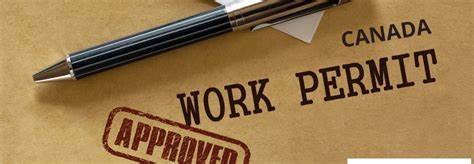In an era where environmental sustainability is gaining increasing importance, businesses around the world are striving to minimize their ecological footprint and embrace greener practices. One essential tool that helps companies achieve this goal is the EPR (Extended Producer Responsibility) Certificate. This blog explores the significance of the EPR Certificate and how it can contribute to building a greener future for businesses.
Understanding the EPR Certificate:
A recognized credential that acknowledges a company’s dedication to extended producer responsibility is the EPR Certificate. It shows that a company has taken steps to lessen the environmental impact of all aspects of its goods’ lifespan, including manufacture, distribution, use, and disposal. Businesses that receive this certification show that they are committed to sustainability and environmental care.
Advantages of the EPR Certificate:
a. Enhanced brand reputation: Customers are increasingly conscious of the environmental impact of the products they purchase. By holding an EPR Certificate, businesses can enhance their brand reputation and attract environmentally conscious consumers who value sustainable practices.
b. Compliance with regulations: Many nations have enacted EPR legislation, requiring particular industries to be in charge of managing the end-of-life of their products. The EPR Certificate can be obtained to ensure compliance with these rules and prevent possible fines and legal problems.
c. Cost savings through efficiency: The EPR Certificate encourages businesses to adopt eco-friendly practices, which often lead to increased efficiency and cost savings. By optimizing resource usage, minimizing waste generation, and implementing recycling programs, companies can reduce operational expenses while simultaneously benefiting the environment.
d. Access to new markets: Some markets and government procurement processes prioritize businesses with environmental certifications. The EPR Certification can open doors to these markets, providing new opportunities for expansion and growth.
Steps to Obtain an EPR Certificate:
a. Assess current practices: Before pursuing the EPR Certificate, businesses should evaluate their existing operations and identify areas where environmental improvements can be made.
b. Develop an action plan: Based on the assessment, a comprehensive action plan should be developed, outlining the specific measures that will be implemented to enhance environmental responsibility.
c. Implement sustainable practices: Businesses should put the action plan into practice by adopting sustainable practices such as reducing waste, promoting recycling, using eco-friendly materials, and optimizing energy consumption.
d. Collaborate with stakeholders: Building partnerships with suppliers, customers, and other stakeholders is crucial in creating a sustainable ecosystem. Collaboration fosters innovation and ensures the effective implementation of environmentally responsible practices.
e. Seek certification: Once the necessary changes have been made, businesses can engage with certification bodies or environmental agencies to undergo the evaluation process and obtain the EPR Certificate.
Conclusion:
The EPR Certificate is a powerful catalyst for businesses striving to build a greener future. By adopting sustainable practices and obtaining this certification, companies can enhance their brand reputation, comply with regulations, achieve cost savings, and gain access to new markets. Embracing extended producer responsibility benefits businesses and contributes to a more sustainable and environmentally conscious global economy. Start the journey towards a greener future by pursuing the EPR Certificate today.




